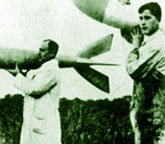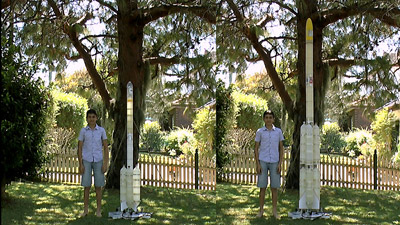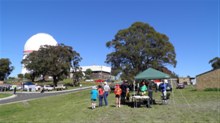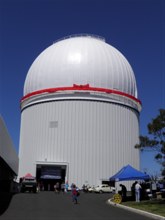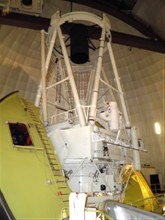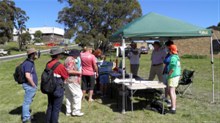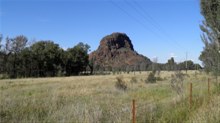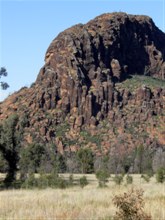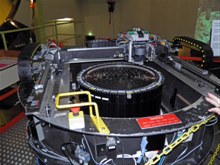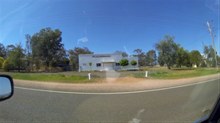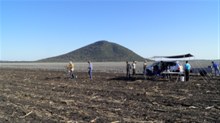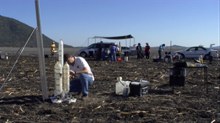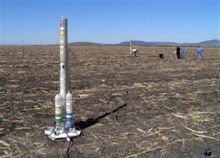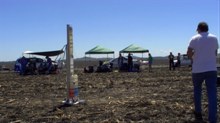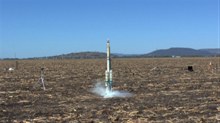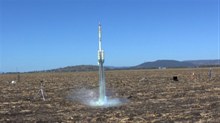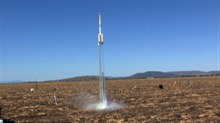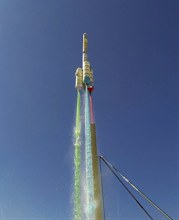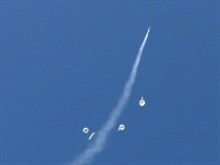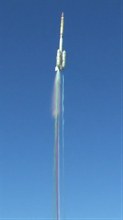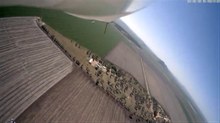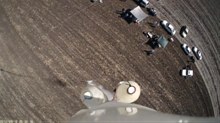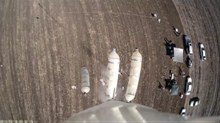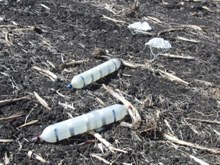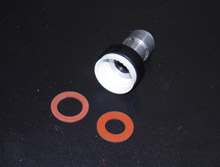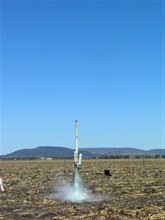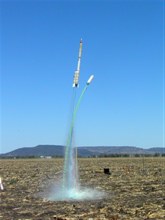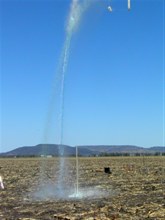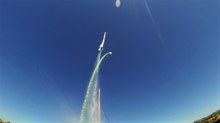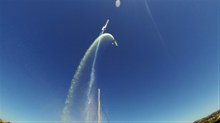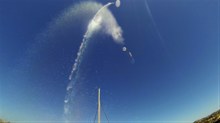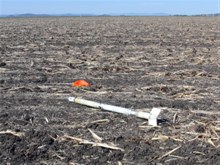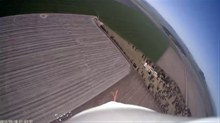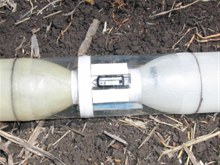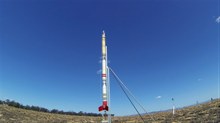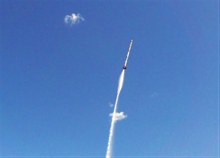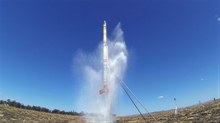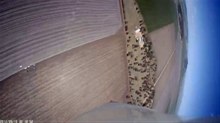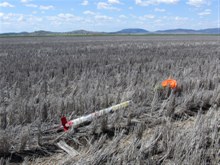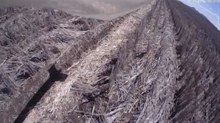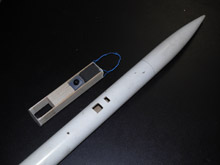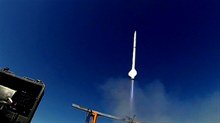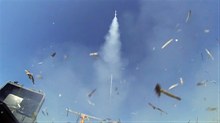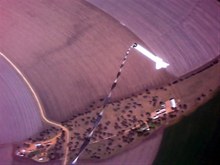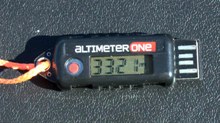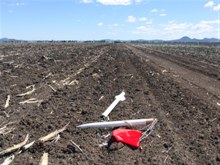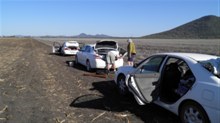 |
 |
|
|
last updated: 9th November 2024 - Day 236 - Launch Tubes #2 |
|
|
|
Splicing Bottles AS#5 |
|
#235 - Coming Soon |
|
#234 - Coming Soon |
|
#233 - Coming Soon |
|
#232 - Coming Soon |
|
#196 - Coming Soon |
|
#193 - Coming Soon |
|
#172 - Coming Soon |
|
|
| FLIGHT LOG | |||||||||||||||||||||||||||||||||||||||||||||||||||||||||||||||||||||||||||||||||||||||||||||||||||||||||||||||||||||
|---|---|---|---|---|---|---|---|---|---|---|---|---|---|---|---|---|---|---|---|---|---|---|---|---|---|---|---|---|---|---|---|---|---|---|---|---|---|---|---|---|---|---|---|---|---|---|---|---|---|---|---|---|---|---|---|---|---|---|---|---|---|---|---|---|---|---|---|---|---|---|---|---|---|---|---|---|---|---|---|---|---|---|---|---|---|---|---|---|---|---|---|---|---|---|---|---|---|---|---|---|---|---|---|---|---|---|---|---|---|---|---|---|---|---|---|---|---|
|
|||||||||||||||||||||||||||||||||||||||||||||||||||||||||||||||||||||||||||||||||||||||||||||||||||||||||||||||||||||
| Day 152 - Mullaley Launch Site and Siding Spring Observatory | |||||||||||||||||||||||||||||||||||||||||||||||||||||||||||||||||||||||||||||||||||||||||||||||||||||||||||||||||||||
|
Date: 4th-6th
October 2014 Location: Coonabarabran, Mullaley, Siding Spring Observatory NSW, Australia Conditions: Clear skies, light - moderate winds 5km/h early, 15km/h later, ~30C Team Members at Event: GK The following update covers a 4-day, 3-night road trip to NSWRA's new High Power launch site. Unfortunately at the time dad and mum were on a road trip in the opposite direction and the kids had tickets to a games expo so I had the radio controls in the car all to myself. Dad and I spent a couple of weeks preparing the Axion G2 rocket, boosters and launcher for this launch opportunity as Whalan Reserve is a little too small for an untested and potentially wayward rocket. With the car fully loaded with equipment I drove to Coonabarabran from Sydney - about a 6-hour, 480km (300mile) drive. The drive was great and the roads are in good shape. 4th October 2014 - Siding Spring Observatory (Coonabarabran)Several months ago NSWRA was invited to the Siding Spring Observatory open day, to have a stand and give demonstrations. As it turns out the observatory is just up the road from the launch site (~100km) so the club decided to combine the launch with a visit to the observatory. We had a small stand set up on the day and had quite a few chats with the public about all things rocketry. What was really cool though was having a look at the huge telescopes and equipment used at the observatory that the public normally doesn't get to see. It was well worth the visit. 5th October 2014 - MullaleyEarly next morning with beautiful blue skies and almost no wind I drove to the launch site and met up with the other club members there. We are very grateful to the farmer for allowing us to launch from his property. I believe he used to fly rockets at one stage as well. The launch site itself is fantastic with wide flat fields. Without dad and the kids there, it took about an hour and a half to set up camp, equipment and launch gear. The Axion G2 rocket was going to be flown first. Flight #1 - Axion G2 Setup was straight forward, with each booster filled with 2.1L of water and the main stage filled with 2.3L with foam. The booster parachutes in this configuration are attached to the side of each booster, but in the final configuration these will be located in the gaps between the booster segments for less drag. All was going well as we pressurised the rocket, however, as pressure came up past 140psi, a leak in the main stage nozzle developed, but with enough pressure in the rocket I continued to fill until reaching about 180psi (12.4bar). At this stage I decided to launch because I didn't want to loose too much more water from the main stage. The launch was nice and quick and all the boosters remained attached until burnout. The sustainer continued to power upwards and reached an apogee of 794 feet (242m). The parachute delay was set at 8 seconds which was just right and the chute deployed just past apogee. The rocket and boosters all landed safely. This was a good test because it showed that the rocket could be released simultaneously at the higher pressures from the launcher. Also the booster retaining mechanism worked as planned without bending any of the loops or pins. The leak was traced to the nozzle washer which is really narrow and so I replaced it with a wider one. Under pressure it was probably forced out. Flight #2 - Axion G2 The rocket was set up again on the pad. I had to tighten the booster clamps a little bit because it looks like they had very slightly stretched after the rocket was pressurised. It was only a couple of turns of the screws though. This time the nozzle seal held as it got up to 200psi (13.8bar). The launch was quick again, but it was very quickly evident that something didn't go quite right as one of the boosters peeled off early. The main stage and two remaining boosters continued to power upwards although now slightly arced over due to the asymmetric thrust and some weathercocking. As the remaining boosters separated at a higher angle of attack, one of them came off sideways and broke off a fin. The rocket still continued to be mostly stable and flew up to 789 feet (240m). Although the rocket was flown at a higher pressure than the first launch, with the loss of the booster and the resulting higher drag due to the induced AOA and loss of the fin made it fly to a lower altitude. All boosters and the sustainer landed safely under parachute. At first I thought that perhaps the parachute deployed early on the booster and pulled it away from the main stage, but on video review it was evident that it had separated on launch. This would be due to the booster being held slightly longer than the main stage. We always considered this to be a possible failure mode and so I wasn't too surprised to see it. When we did the initial synchronization tests and flights on Day 146 the main stage was released considerably later than the boosters to have a better safety margin. We made this delay shorter for these high pressure flights in order to keep the stresses on the main nozzle to a minimum. In this case I guess the safety margin was too narrow as it worked fine on the first launch, but not on the second. We can easily increase the delay on the main stage another 2-4ms to make sure the main stage leaves last. It wasn't until I was back home and reviewed the video from a camera looking back at the rocket that showed something I didn't see from the launch position. This time one of the booster nozzle seals had developed a leak and drained about half of the water from the booster before launch. These nozzles use the same narrow washers, so we'll replace all of them with wider ones. But again this was a good full pressure test of the rocket and boosters. Despite the mishap on the second launch, we are a lot more confident in the launcher and rocket to continue development of the full scale Polaron G2 rocket. We now also know that the rocket behaves reasonably well with only two boosters. I think the pitching over would be worse if the main stage wasn't firing at the time like in a two stage rocket.
Flight #3 - Waterless Earlier I had bought a couple of G80-10T motors because I wanted to fly my "Waterless" (LOC precision Weasel) pyro rocket. I could fly it at Whalan but only on smaller motors. The G80s are the largest motors I can buy so it was a good opportunity to see how high we can send the rocket. The rocket took off nicely and went very high. Several years ago I fitted this rocket with a sled that can hold one of the old MD80 cameras. So for this flight I had put the old camera in. I did not add an altimeter because I wanted to see how the rocket went first on this motor. I didn't want to loose the camera and altimeter. The rocket went really high and landed safely back on the field. The camera only captured useful video on the way up, as when the ejection charge fired, the sled moved up slightly inside the airframe and blocked the view. All in all we got good video and I was happy to get everything back in one piece. Flight #4 - Axion G5 With a separated fin on the Axion G2 sustainer, I decided not to spend time repairing it in the field, but instead assembled a rocket out of 3 reinforced spliced quads and added a light weight set of fins from another rocket. I also fitted it with a normal plastic 9mm nozzle. The rocket was filled with 2.5 liters of water and foam. Pressurised to 200psi the rocket flew up well with a nice foam trail. It reached 783 feet (238 m) before opening its parachute and gently landing back in the field. The reason this rocket went almost as high as the boosted flights was because it had a higher capacity, flew as designed and didn't have the weight and drag penalty of the booster retention mechanisms. Had the boosted flights flown properly at the same pressure and capacity they would have gone higher. The wind started picking up a little more in the afternoon so I decided to pack up and head back to the motel 50km away. It isn't a good idea to travel at dusk or night in the outback due to the wildlife. On the entire road trip I would have seen a few dozen dead kangaroos. 6th October 2014 - MullaleyIn the morning I went out to the launch site again to meet up with David and give Norm a hand with his hybrid. Norm used our scuba tank to help pressurise what was left of his nitrous helping it condense more so he could get it into the rocket. Unfortunately there wasn't enough Nitrous left and by the time the rocket ignited it only made it a few meters into the air. No doubt this rocket will fly again soon. It should be pretty spectacular. Flight #5 - Waterless David flew his MPR rocket once and I tried putting up "Waterless" on a G80-10T again. Two separate Estes Pro Series Sonic igniters failed to fire the rocket, so I tried one of David's special igniters, and the motor again almost lit but spat the igniter out. Blue Thunder propellant is supposed to be easy to ignite! So Norm made up a nichrome wire igniter that was bound to get it going. Nope, again the motor came close to firing and just spat the igniter out. I was ready to pack it up, but decided to give it another go. Norm kindly made up another nichrome igniter, and I scraped the inside of the motor with an unfolded paper clip to expose a fresh surface on the propellant. This time the motor lit, and the rocket went up straight as an arrow. We lost sight of it soon after burnout and then later finally saw the tracking smoke near apogee and could barely make out the small orange chute. The rocket landed back on the open field about 0.5km away. Retrieving the rocket I could see that the camera was still looking out the window and recording. The altimeter showed that we now have a new personal best altitude of 3,321 feet (1,012m) with a model rocket. After that we packed up and headed back home. It was a great weekend, and I'm looking forward to heading up there again with family and other club members. Here is a video of the Axion G5 and the two "Waterless" flights from the weekend: Flight Details
|
